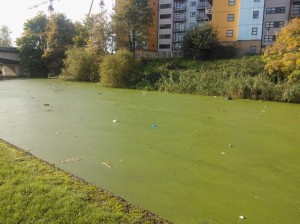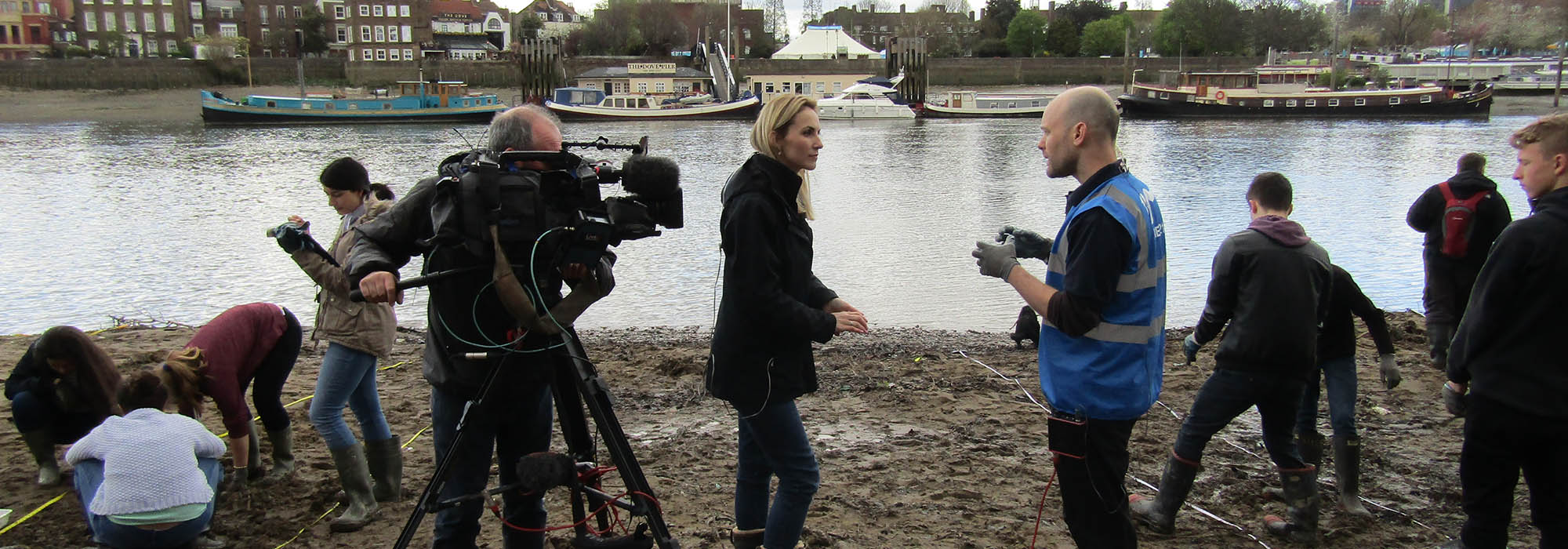River Lea water quality results – October

The table below shows the water quality test results for October 2012. The samples are tested at a lab in the University College London (Department of Civil, Environmental and Geomatic Engineering).
Faecal Bacteria
As a comparison we’re using the European Union Bathing Water Directive which sets a limit of 2,000 colonies of e-coli in 100ml of water. From the table you can see that almost all of the sites breach this limit over the last month. The highest levels are just south of where the outfall from Deephams Sewage Treatment Works enters the Lea, at site 8, and another increase between sites 5, 6 and 7 where sewage from homes in Hackney and Haringey are sending wastewater down the wrong pipe into the river. A third of homes in some areas have connected their waste to pipes meant only for rainwater.
e-coli – N0. of faecal bacteria colonies per 100ml of river water
| Site No. | 25.9.12 | 04.10.12 | 15.10.12 | 29.10.12 |
| 1 Bow Locks | TNTC | 500 | 200 | 600 |
| 2 White Post Lane | Site Closed | 0 | 200 | 200 |
| 3 Leabank Sq | TNTC | 1,400 | TNTC | 300 |
| 4 Lee Conservancy Road | 0 | 900 | 0 | 300 |
| 5 Riverside Close | TNTC | 5,000 | 4,000 | 6,000 |
| 6 Watermint Quay | TNTC | 13,000 | 7,000 | 36,000 |
| 7 Reedham Close | 0 | 40,000 | 0 | 20,000 |
| 8 Pymmes Brook | 10,000 | 10,000 | 30,000 | 10,000 |
| 9 N. of Tottenham Lock | 2,000 | 0 | 0 | 1,000 |
TNTC = too numerous to count
Phosphates
As a result of all of this effluent entering the Lea, phosphate levels are excessively high. The Environment Agency says anything above 0.1 milligrammes of phosphate in 1 litre of water is high. The Lea from sites 1 – 8 never falls below 1.7 mg of phosphate per litre for the tests carried out on the 29th October. This is seventeen times the Environment Agency’s high rating. The highest result is 2.7mg/l at site 5. Phosphate is a fertiliser so it makes plants grow more quickly. On the Lea, this sees the ecology of the river knocked out of balance, with Floating Pennywort and Duckweed cutting out sunlight and using up too much oxygen.
A map of where the water samples are taken from is here
For more information, please contact Theo Thomas/ 07968 012 828
